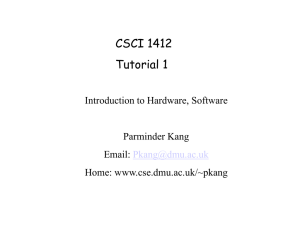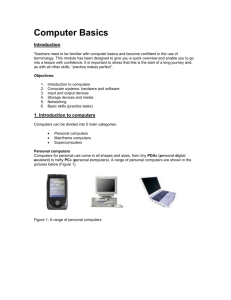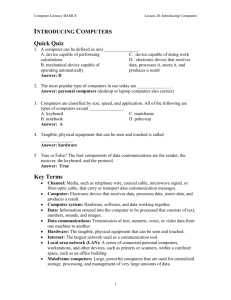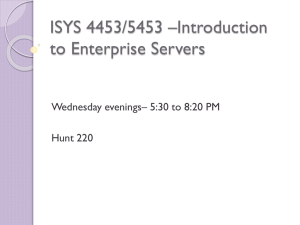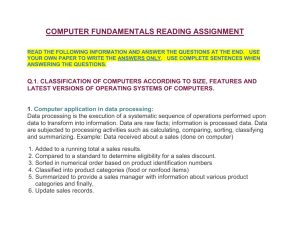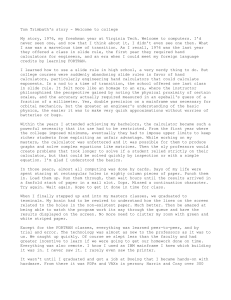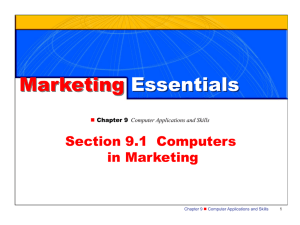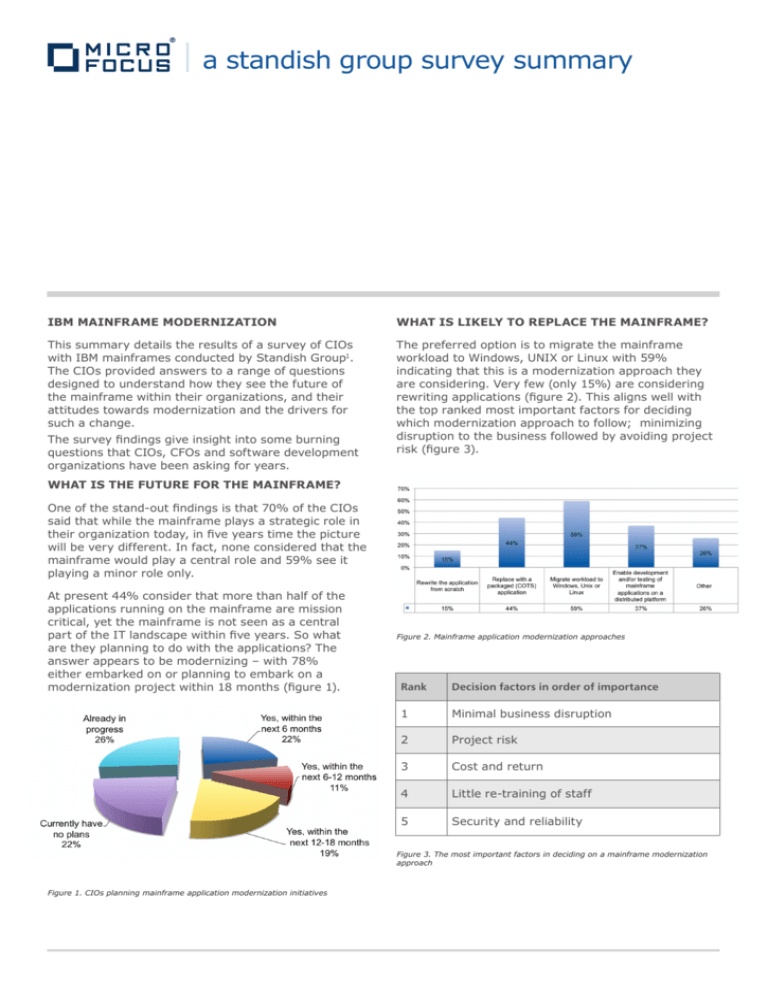
analyzer
a
standishexpress™
group survey summary
IBM MAINFRAME MODERNIZATION
WHAT IS LIKELY TO REPLACE THE MAINFRAME?
This summary details the results of a survey of CIOs
with IBM mainframes conducted by Standish Group1.
The CIOs provided answers to a range of questions
designed to understand how they see the future of
the mainframe within their organizations, and their
attitudes towards modernization and the drivers for
such a change.
The preferred option is to migrate the mainframe
workload to Windows, UNIX or Linux with 59%
indicating that this is a modernization approach they
are considering. Very few (only 15%) are considering
rewriting applications (figure 2). This aligns well with
the top ranked most important factors for deciding
which modernization approach to follow; minimizing
disruption to the business followed by avoiding project
risk (figure 3).
The survey findings give insight into some burning
questions that CIOs, CFOs and software development
organizations have been asking for years.
WHAT IS THE FUTURE FOR THE MAINFRAME?
One of the stand-out findings is that 70% of the CIOs
said that while the mainframe plays a strategic role in
their organization today, in five years time the picture
will be very different. In fact, none considered that the
mainframe would play a central role and 59% see it
playing a minor role only.
At present 44% consider that more than half of the
applications running on the mainframe are mission
critical, yet the mainframe is not seen as a central
part of the IT landscape within five years. So what
are they planning to do with the applications? The
answer appears to be modernizing – with 78%
either embarked on or planning to embark on a
modernization project within 18 months (figure 1).
Figure 2. Mainframe application modernization approaches
Rank
Decision factors in order of importance
1
Minimal business disruption
2
Project risk
3
Cost and return
4
Little re-training of staff
5
Security and reliability
Figure 3. The most important factors in deciding on a mainframe modernization
approach
Figure 1. CIOs planning mainframe application modernization initiatives
A Standish Group survey summary
Extensibility and integration with other systems were
identified as highly important to the future IT direction,
however, integrated management was ranked lowest
of the operational attributes of the mainframe. The
impetus for change is thus clearly defined within the
attitudes towards the anticipated future value of the
mainframe in organizations’ IT development.
For anyone making a decision to change, the perceived
end result must be greater than by maintaining the
status quo. While it appears that many of the CIOs
responding to the survey are actively following a
strategy to move off the mainframe completely,
particularly relating to reducing costs, the pace of
change seems to be certain, but gradual.
WHAT IS DRIVING THE CHANGE?
The primary drivers for modernization are reducing
both cost and risk, and the primary reasons behind
any reluctance to modernize appear to be availability
and disaster recovery – with both scoring high as
operational attributes of the existing mainframe.
Rank
Mainframe application issues in order of
importance
1
Expensive to run
2
Drains staff and budget resources
3
Lack of skills in the talent pool
4
New business demands
5
Inflexible platform
Figure 4. Mainframe application issues driving modernization
When the mainframe application issues (figure 4)
are translated by the CIOs into action, in the form of
business drivers, improved business agility takes over
as the primary driver, pushing cost drivers into second
and fourth places (figure 5).
Rank
Mainframe modernization drivers in order of
importance
1
Improve business agility and efficiency
2
Reduce costs
3
Accelerate time to market
4
Increase revenue
5
Increase focus on innovation
Central/
strategic role
Average
role
Minor
role
No
role
70%
15%
15%
0%
Over the
15%
next 5 years
41%
37%
7%
In 5 - 10
years
7%
33%
59%
Currently 0%
Figure 6. The role of the mainframe in the organization’s future.
This suggests that CIOs may be looking to a piecemeal
approach to replacing the mainframe, gradually
weaning applications off it so that it becomes
redundant rather than embarking on a more dramatic
strategy to rip out the mainframe in a single activity
and avoiding the business disruption and risk that this
approach would generate.
To read further research from Standish Group, please
visit the Micro Focus Application Modernization
Resource Center, where you will find this and other
research reports, white papers and more.
www.microfocus.com/applicationmodernization
1
Standish Group surveyed 26 CIOs in Fortune 1000 companies, March 2010
Figure 5. Mainframe modernization business drivers
For additional information please visit: www.microfocus.com
© 2011 Micro Focus IP Development Limited. All rights reserved. MICRO FOCUS, the Micro Focus logo, among others, are trademarks or registered trademarks of
Micro Focus IP Development Limited or its subsidiaries or affiliated companies in the United Kingdom, United States and other countries. All other marks are the
property of their respective owners. DSAMVP0311

